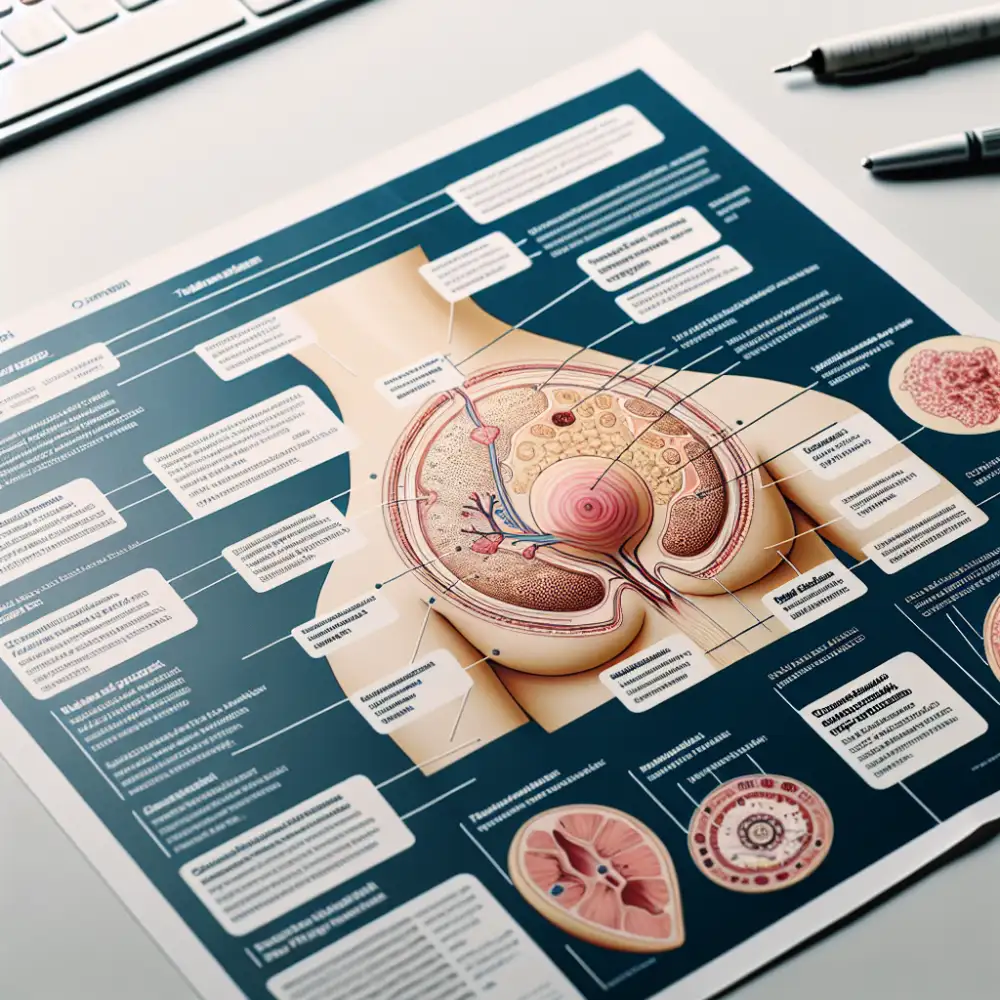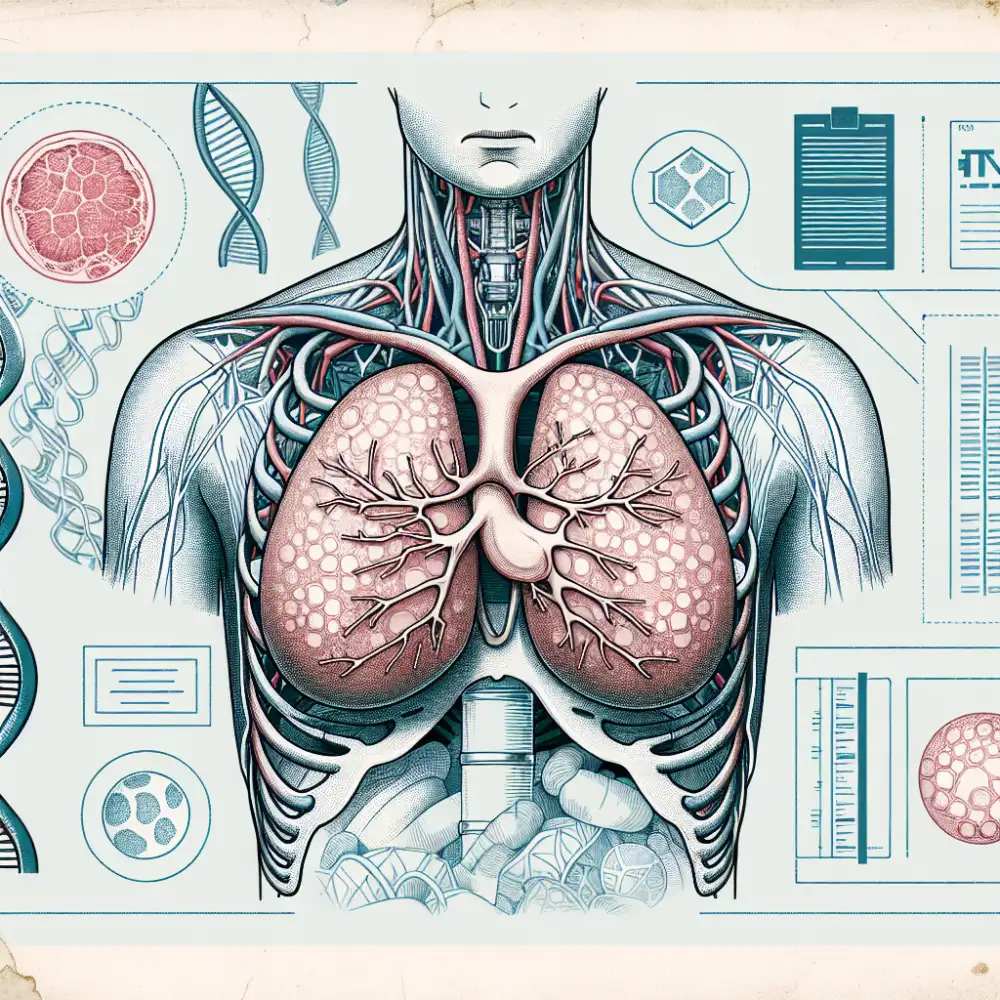Tuberous Breast Deformity: What You Need to Know About NHS Treatment

What is tuberous breast?
Tuberous breast, sometimes called tuberous breast deformity, is a condition where the breasts don't develop normally. It's not a serious medical problem, but it can impact self-esteem and body image. The exact cause of tuberous breasts is unknown, but it's thought to be related to how the breasts grow during puberty. It seems like some people might be more prone to it because of their genes.
Here's what usually happens: the tissue responsible for breast volume doesn't grow enough, and the band of tissue beneath the breasts, called the inframammary fold, tightens. This can make the breasts look constricted, overly round, and pointing in different directions. Sometimes, the areola, the darker area around the nipple, might be stretched or appear larger than usual.
Tuberous breasts can vary from person to person. Some women might have slightly underdeveloped breasts, while others might experience more noticeable differences. It's important to remember that there's no single "normal" breast shape, and having tuberous breasts doesn't pose any health risks.
If you're concerned about the shape of your breasts or think you might have tuberous breasts, it's a good idea to talk to your GP. They can examine you, discuss your concerns, and if needed, refer you to a specialist breast surgeon for further assessment and advice.
Causes of tuberous breasts
Tuberous breasts, sometimes called tubular breasts, are a condition where the breasts don't develop as they should. This leads to breasts that might look constricted, tubular, or elongated, with a larger-than-usual area around the nipple (areola).
While the exact causes of tuberous breasts aren't fully understood, it's thought to be down to how the breast tissue grows during puberty. Basically, a band of tight tissue under the breast is thought to restrict the growth, leading to the characteristic shape.
It's important to remember that tuberous breasts are a congenital condition, meaning they're present at birth. However, they usually become more noticeable during puberty when breasts typically develop.
While there's no known way to prevent tuberous breasts, treatment options are available. If you're concerned about the shape of your breasts, it's best to speak to your GP. They can discuss your concerns and, if needed, refer you to a specialist plastic surgeon for further assessment and advice.
Tuberous breasts symptoms
Tuberous breasts, sometimes called tubular breasts, are a condition where the breasts don't develop as they should. This can cause them to be small, have a constricted shape, and the nipples might be out of position. It's not a dangerous condition, but it can impact self-esteem and body image.
If you suspect you have tuberous breasts, it's a good idea to talk to your GP. They can assess your situation and refer you to a specialist breast surgeon if needed. The surgeon will be able to discuss your concerns, examine your breasts, and recommend the best course of action.

Keep in mind that information provided here is not a substitute for professional medical advice. Always consult with a healthcare professional for any health concerns or before making any decisions related to your health or treatment.
Diagnosing tuberous breasts
Tuberous breasts, sometimes called tubular breasts, are a condition where the breasts don't develop as they should. This can cause them to have an unusual shape, size, or position. It's important to remember that there's a wide range of what's considered normal for breast development. If you're concerned about the shape of your breasts, it's best to talk to your GP. They can examine you and refer you to a specialist breast surgeon if needed.
Diagnosing tuberous breasts usually involves a physical examination and a discussion about your medical history. The doctor will want to understand your concerns and any symptoms you're experiencing. They'll also ask about your family history of breast conditions and your menstrual history.
In some cases, the doctor may recommend imaging tests like a mammogram or an ultrasound. These tests can help them get a clearer picture of the breast tissue and rule out any other underlying conditions. It's important to note that diagnosing tuberous breasts is a clinical diagnosis, meaning it's primarily based on the doctor's observations and your medical history. Imaging tests are used to support the diagnosis and provide more information.
Tuberous breast surgery
Tuberous breast deformity is a condition that affects the shape of the breasts. It is present at birth (congenital) but usually becomes more noticeable after puberty. In tuberous breasts, the breast tissue doesn't develop properly. This can cause a range of breast shapes and sizes.
The NHS offers information and treatment for tuberous breast deformity. You can get information from your GP or by contacting the NHS directly. Treatment options include surgery and psychological support. Surgery is the main treatment for tuberous breasts. It aims to improve the shape, size and symmetry of the breasts. The specific surgical technique used will depend on the individual.
The NHS provides breast surgery for tuberous breasts if it is deemed clinically necessary. This means that the surgery must be considered essential for your physical or mental health. You will usually need to have a consultation with a specialist breast surgeon to discuss your options. They will assess your individual circumstances and advise you on the most appropriate treatment plan.
It is important to note that the NHS does not always fund breast surgery for tuberous breasts if it is considered to be solely for cosmetic reasons. If your surgery is not funded by the NHS, you may have to pay for it privately.
Living with tuberous breasts can be challenging, but there is help available. If you are concerned about the shape of your breasts, you should contact your GP or the NHS for advice and support. They can provide you with information about the condition, treatment options and any support groups in your area.
Recovery and outlook
Recovery from tuberous breast surgery is different for everyone and depends on the specific techniques used. You can expect some pain, swelling, and bruising after surgery, which can be managed with medication. Your surgeon will give you specific instructions on how to care for your incisions and what activities to avoid. Most women can return to work and their normal activities within a few weeks. However, it may be several months before you see the full results of your surgery.
The outlook for tuberous breast deformity is generally very good. Surgery can effectively correct the deformity and improve the appearance of your breasts. In most cases, women who have surgery for tuberous breast deformity are happy with the results. However, it is important to remember that surgery is a major decision and there are always risks involved. Be sure to discuss all of your options and risks with your surgeon before making a decision.
If you are considering surgery for tuberous breast deformity, be sure to choose a qualified and experienced plastic surgeon. You can find a list of qualified plastic surgeons on the website of the British Association of Plastic, Reconstructive and Aesthetic Surgeons (BAPRAS).
Finding a surgeon
If you are considering surgery for tuberous breasts, it's essential to choose a qualified and experienced plastic surgeon who is familiar with this specific condition. Here's how to find the right surgeon for you:
Consult your General Practitioner (GP): Start by talking to your GP. They can assess your situation, provide initial guidance, and refer you to a specialist plastic surgeon who has experience in treating tuberous breasts.
Check for NHS referrals: In the UK, the National Health Service (NHS) provides access to specialized healthcare, including plastic surgery for eligible patients. Ask your GP about NHS referral options for tuberous breast correction.
Research potential surgeons: Once you have a list of potential surgeons, take the time to research their credentials, experience, and patient reviews. Look for surgeons who are certified by reputable organizations like the British Association of Plastic, Reconstructive and Aesthetic Surgeons (BAPRAS) and have specific expertise in breast surgery.
Schedule consultations: It's crucial to have consultations with at least two to three different surgeons before making a decision. This allows you to discuss your concerns, ask questions, and get a feel for their approach and communication style.
Inquire about their experience: During the consultation, ask the surgeon about their experience in treating tuberous breasts specifically. Inquire about the number of similar procedures they've performed and their success rates.

View before-and-after photos: Reputable surgeons often have before-and-after photos of previous patients who have undergone tuberous breast correction. Reviewing these photos can give you a better understanding of the surgeon's aesthetic style and the potential outcomes of the surgery.
Discuss the risks and benefits: Any surgery carries inherent risks and potential complications. It's essential to have an open and honest discussion with the surgeon about the specific risks associated with tuberous breast correction and the potential benefits you can expect.
Consider your comfort level: Ultimately, the best surgeon for you is someone you feel comfortable with and confident in. Choose a surgeon who listens to your concerns, answers your questions thoroughly, and makes you feel at ease throughout the process.
Published: 23. 06. 2024
Category: Food



